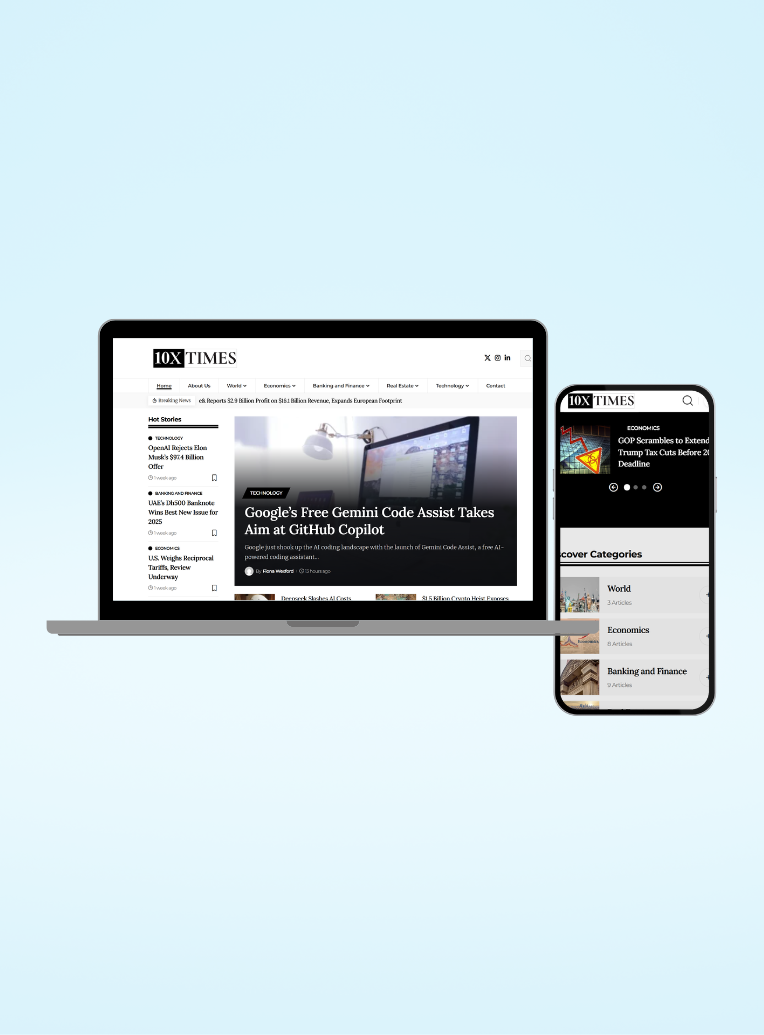Tariff Talk Spurs Mixed Consumer Behaviour: What Americans Are Buying — and What They’re Delaying
As the U.S. government rolls out tariffs and trade tensions ripple across global markets, consumers find themselves at a crossroads — to “buy now or wait.” While some Americans are rushing to dealerships and stores to beat possible price hikes, others are tightening their wallets, adopting a cautious “wait and see” approach.
Auto Sector Sees Surge in Sales
In a clear response to tariff-related fears, consumers are flocking to car dealerships nationwide. According to the Commerce Department, auto sector sales spiked by 5.3% in March, far outpacing the 0.5% increase in other retail sectors. The reason? Looming 25% tariffs on imported vehicles and parts.
Cox Automotive estimates that these tariffs could raise the average cost of imported cars by $6,000 and U.S.-assembled vehicles by $3,600 due to costlier parts. This urgency has created a wave of early purchases, with new vehicle sales running 22% above last year’s pace in early April.
“There’s kind of been a little bit of a buying frenzy, like almost a replay of Covid,” said Craig DeSerf, executive manager at Gulf Coast Chevrolet Buick GMC in Texas.
Spending Slows Elsewhere
Beyond auto showrooms, Americans are largely holding back. The Federal Reserve’s latest Beige Book notes that consumer spending — excluding vehicles — remained soft or declined across several regions. Businesses like Chipotle, PepsiCo, and American Airlines have reported pockets of slower sales, echoing a nationwide trend of consumer hesitation. Steve Zurek of NielsenIQ described it as a “conservation mentality.” As trade headlines shift and market volatility rises, many consumers are choosing to delay significant purchases. A NielsenIQ survey found that 35% of Americans plan to postpone big-ticket items such as appliances, furniture, or cars due to tariff concerns — while only 7% are accelerating their purchases.
Home Sales Decline Amid Economic Uncertainty
Adding to the cautious consumer sentiment are rising mortgage rates. According to the National Association of Realtors, home sales in March fell to their lowest levels since 2009. With higher borrowing costs and uncertainty about where the economy is headed, many prospective homebuyers are choosing to wait.
Minimal Stockpiling Beyond Autos
Despite fears of rising prices, there’s little evidence of consumers stockpiling everyday goods like paper towels or groceries. Walmart’s CFO John David Rainey noted that the retail giant hasn’t seen pandemic-style buying behaviour. While inventory and spending patterns have become more volatile, no significant early-purchasing trends have emerged across categories like clothing, electronics, or food staples.
Sam’s Club CEO Chris Nicholas echoed the sentiment, saying that appliance and consumer electronics sales have remained steady with no material spikes.
Travel and Airlines Hit by Consumer Hesitancy
Travel — both leisure and corporate — is taking a hit. Airlines including Delta, American, and Alaska have all reported weakening domestic demand. The economic sensitivity of budget travellers is evident, with fare discounts being introduced to fill seats. According to federal data, airfare fell 5.3% in March following a 4% drop in February.
American Airlines executive Steve Johnson cited significant weakness in discretionary travel sectors, attributing it to economic uncertainty caused by trade policies and inflation.
Retailers and Manufacturers Watch Closely
Retailers, automakers, and airlines are all closely monitoring consumer trends. Some companies have accelerated their own inventory purchases to avoid costlier imports. Yet there’s growing concern that today’s demand surge — particularly in cars — may lead to a sharp pullback once current inventories run out.
Cox Automotive’s Charlie Chesbrough warned that “inventory levels have declined substantially,” and while April began strong, “the outlook for new auto sales from here is more troubling.”
Conclusion: Mixed Signals and a Cautious Consumer
The overall picture is mixed. While some consumers are rushing to “buy now” on big-ticket items like cars, most are in wait-and-watch mode, unsure of how tariffs will ultimately affect their wallets. The “buy now or wait” question is being answered differently across sectors — highlighting just how complex and uncertain today’s economic climate has become.
As one thing becomes clear: American consumers are more careful than ever, seeking value and clarity in a rapidly shifting retail and trade environment.
For more business news follow 10X Times.






